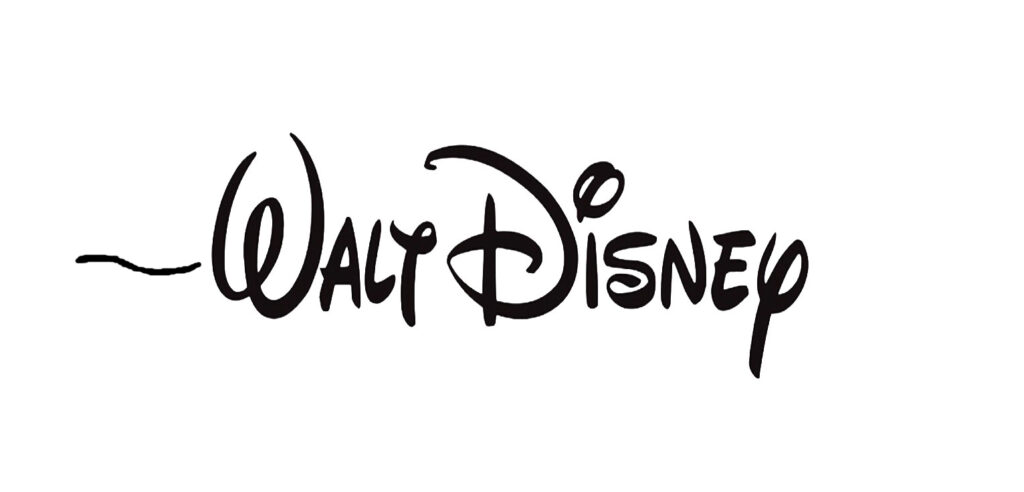UNDERSEA EXTRAVAGANZA!
Cut to a rocky shoreline where a sopping Pinocchio drags himself out of the water and lifts the cricket out after him clinging to his new tail. With all due dispatch, the two make their way back to Geppetto’s house, which they find abandoned – and apparently for some time given the accumulation of dust on the window and inside. Anguished and forlorn, they sit outside on the stoop. Immediately a white dove flies over, drops a golden-lettered missive in front of them and flies away. We are given to believe this is the Blue Fairy in disguise, intervening once more in spite of her admonition that she could not help them again: the bird wears a gold crown, radiates a blue aura and arrives against a background in which the distant wishing star shines. In my 1939 storybook, what looks like a shot from finished filming shows a crowned dove “larger than an eagle” transporting the puppet on her shoulders through a rainstorm back to the seashore. Apparently this idea was abandoned. Instead, Jiminy literally walks through the writing on the message, informing Pinocchio that Geppetto has gone to sea in search of his boy and gotten swallowed boat-and-all by the ferocious whale Monstro, in whose belly he is still surviving. Pinocchio, immediately galvanized into action, starts off down the street, determined to rescue his father, Jiminy chasing him and voicing severe reservations about the wisdom of this resolve. Arriving at a high pinnacle above the sea, the puppet with the cricket’s assistance ties his tail around a rock for ballast and wishes his conscience good-bye.
“…the cricket is taken aback. He responds with a line suggest by Walt: ‘I may be live bait down there, but I’m with you!’”[1]
Whereupon the two jump off the cliff into a very realistic ocean far below, whose roiling surface was accomplished by a multiplane camera shot sliding ripple glass over a mottled sea-blue static background.
Now as we progress into the film’s harrowing ultimate climax among those several already tremendously exciting episodes, we are first treated to an underwater sequence of phenomenal wonder sublime in every way – visually, aurally, musically and dramatically. Pinocchio’s ballast plummets him down to the very ocean floor, Jiminy hanging on, where his search for Geppetto is an adventure all its own!

First, all is filmed through layers of that same ripple glass, lending over all a very wavy fluidity. Backgrounds, foregrounds, all grounds, are lush terrains gorgeously painted with brilliant color, as are the animated sea creatures in, between and among them. Sunlight filters down from the surface’s waves, rippling across the seabed. Bubbles galore! including one in which Jiminy gets trapped. His hat floating past in a separate bubble, using his umbrella he retrieves it by poking a hole in his own enclosure: it fills with seawater, bursting only when full. Curious colorful ocean-dwellers of numerous species start following the searchers and interacting with them…

…But each time upon hearing Pinocchio’s inquiry regarding the whereabouts of the whale Monstro, they scatter into hiding at the very sound of the leviathan’s name, their hasty retreat violently rippling the entire screen. Even the animation reflects the effect of movement in the depths of the sea:
“As he walks it isn’t a heel and toe walk – he would push the sand back – there is a push on it.” [Walt suggested.] When Pinocchio stops walking, he doesn’t remain stationary but floats gently up from the ocean floor, bobbing in place.[2]
The music supports all this with a charming kinda plodding tune accented with a surprising clomping sound like hoofbeats (perhaps produced with coconut shells?). The indescribable “underwater” vocal distortion is totally convincing and was achieved through the simplest of means: by projecting the film’s dialogue tracks with the machine’s shutter gate loosened and then re-recording them with the resultant rapid-fire stutter! (Kaufman identifies this as a “butterfly machine” with a speed-controllable flutter.)[3] The sequence is rife with what Walt termed the “plausible impossible”, such as the fact that both Jiminy and Pinocchio can apparently breathe and speak underwater or that goldfish Cleo survives under the sea in a fishbowl filled with freshwater.
[1] Kaufman, J.B.: op. cit., p. 230.
[2] Kaufman, J.B.: op. cit., p.236.
[3] Kaufman, J.B.: op. cit., p.151.

Hey people!!!!!
Good mood and good luck to everyone!!!!!